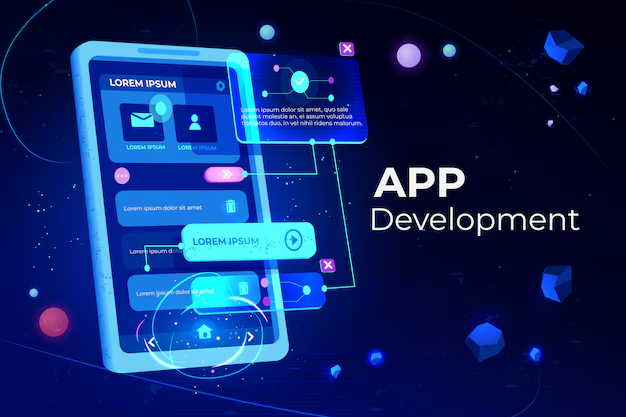In today’s digital landscape, inclusive app development is more than just a trend; it’s a necessity. As technology evolves, it’s vital to create apps for all users, including those with disabilities. This guide explores inclusive digital development. It focuses on best practices, challenges, and accessibility benefits in mobile app development.
Understanding Inclusive App Development
Inclusive app development means designing apps for everyone. They should be usable by all, regardless of their abilities or disabilities. This approach makes digital products accessible to all. It promotes a better digital world. If you’re looking for help with this, a top mobile app development company in the USA can ensure your app is accessible to everyone.
Why Does Inclusivity Matter?
Equal Acces
Inclusivity means people with disabilities can access digital apps. They should benefit frot in many jurisdictions but also a moral imperative.
Adding accessibility features can help developers reach more users. This includes an excellent visual, auditory, motor, and cognitive impairments. It expands the potential user base.
Better User Experience
Designing for inclusivity often improves the user experience. Features that help users with disabilities can also assist all users. Voice commands and text-to-speech are examples. They provide alternative ways to interact with the app.
Corporate Social Responsibility
Companies that prioritize inclusivity show social responsibility. This boosts their brand and customer loyalty.
Key Strategies for Implementing Accessibility
Begin with Inclusive Design: Consider how users with disabilities will use your software from the start of its design. Ensure interactive parts are easy to read. Use color schemes that suit colorblind users. Provide enough contrast for legibility.
Use Accessibility Tools and Guidelines
You can design for all users by using the accessibility tools and guidelines of iOS and Android. Learn about guidelines, like the WCAG. Make sure your app meets these standards.
Implement Screen Reader Compatibility
Users with visual impairments must have screen readers. Build the user interface (UI) of your program so that a screen reader can easily navigate and comprehend it. Properly identifying buttons and links lets screen reader users access all info and navigation.
Allow Customization
Let users personalize their experience. They should adjust font sizes, change color contrasts, and switch to a friendlier layout. Being flexible with the app’s interface can make a big difference for users with different needs.
Test for Accessibility
Include accessibility testing services in your standard tests. Employ automated and human testing techniques to assess your app’s accessibility. It involves testing people with disabilities. We want to know the real-world obstacles they face.
Offer Different Methods for Using the App
Not all users can interact with your app in the same way. Offer alternatives, such as voice commands or gestures, that can replace traditional touch or typing inputs.
Fundamental Principles of Inclusive App Development
User-Centered Design
The foundation of inclusive app development is user-centered design. This approach is to understand the needs of all users, including those with disabilities. Then, design applications that cater to those needs. Engaging users in the design process can yield valuable insights. It can also help spot potential barriers.
Accessibility Standards
Know the Web Content Accessibility Guidelines (WCAG) and other standards. These guidelines aim to make digital content more accessible. They can also serve as a checklist during development.
Testing with Diverse Users
When you incorporate testing with individuals who have disabilities into your development process. This can provide real-world feedback on how accessible your app is. Also, it will highlight areas for improvement. User testing should be an ongoing process, not just a one-time event.
Flexible User Interfaces
Design interfaces that are flexible and adaptable to different user needs. This can include adjustable text sizes, customizable color contrasts, and alternative navigation methods. Providing users with options enhances accessibility and improves the overall experience.
Assistive Technologies Compatibility
Make sure your app works with assistive tech. This includes screen readers, voice recognition software, and alternative input devices. This compatibility is crucial for users who rely on these tools to interact with digital content.
Conclusion
Inclusive app development is essential for creating digital products that serve a diverse user base. By prioritizing accessibility, developers can improve user experiences. They can also expand their audience and show a commitment to social responsibility.
Businesses starting this journey should partner with a mobile app development company. It can provide the expertise and resources to create inclusive apps that meet all users’ needs. In our digital world, we must embrace inclusivity in app development. It will benefit users and drive tech innovation and growth.
This guide’s principles and best practices will help developers. They can create a fairer digital world. It will let everyone use and benefit from technology.




